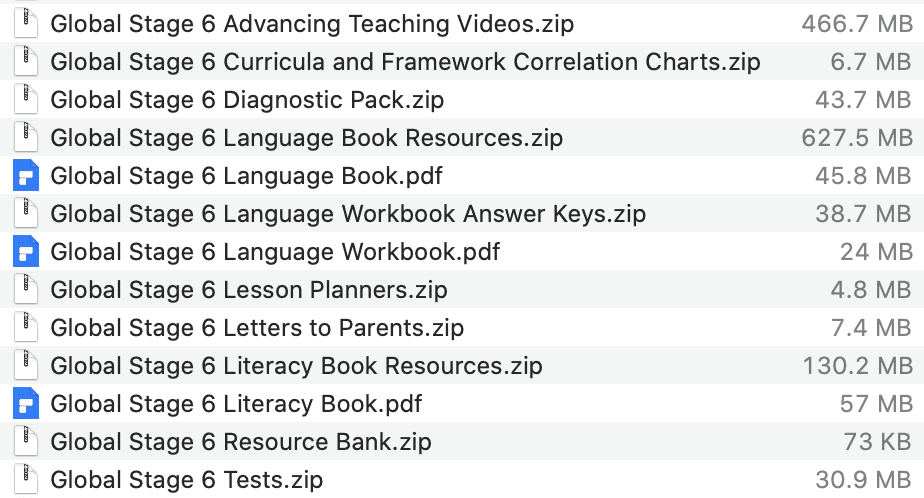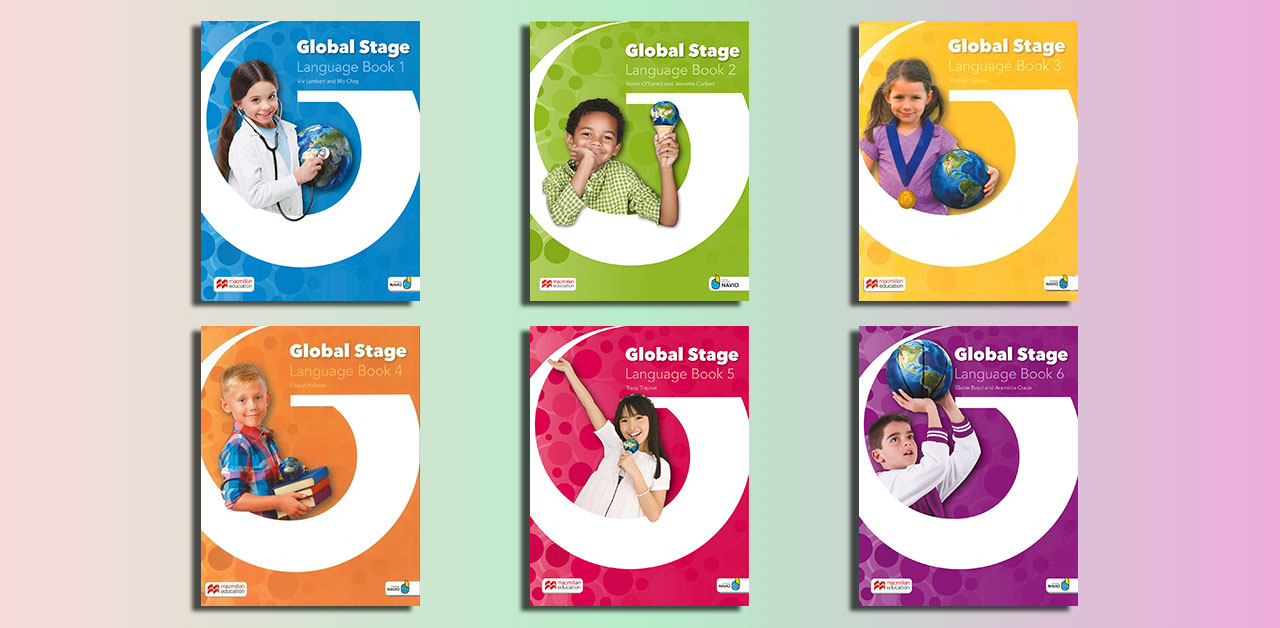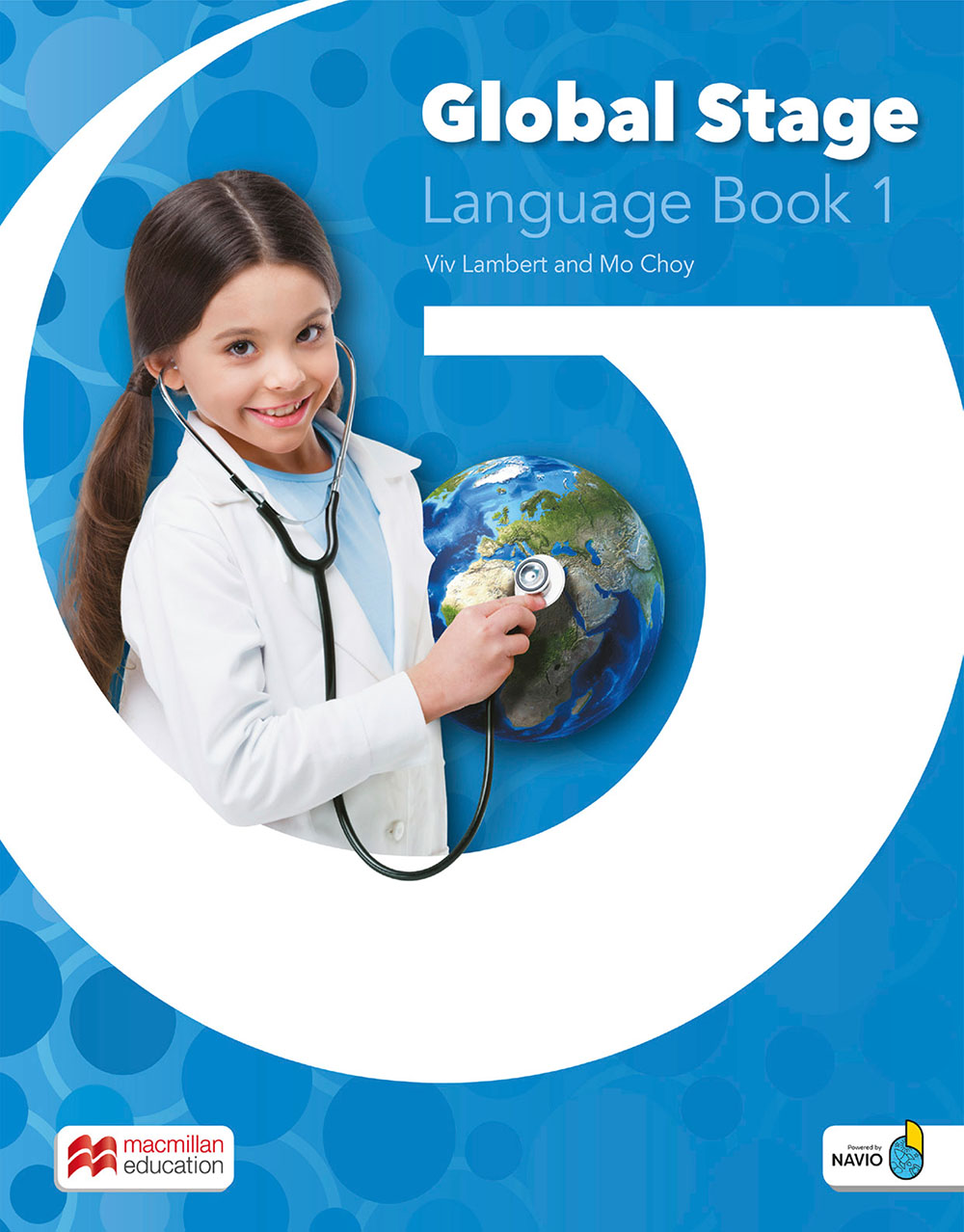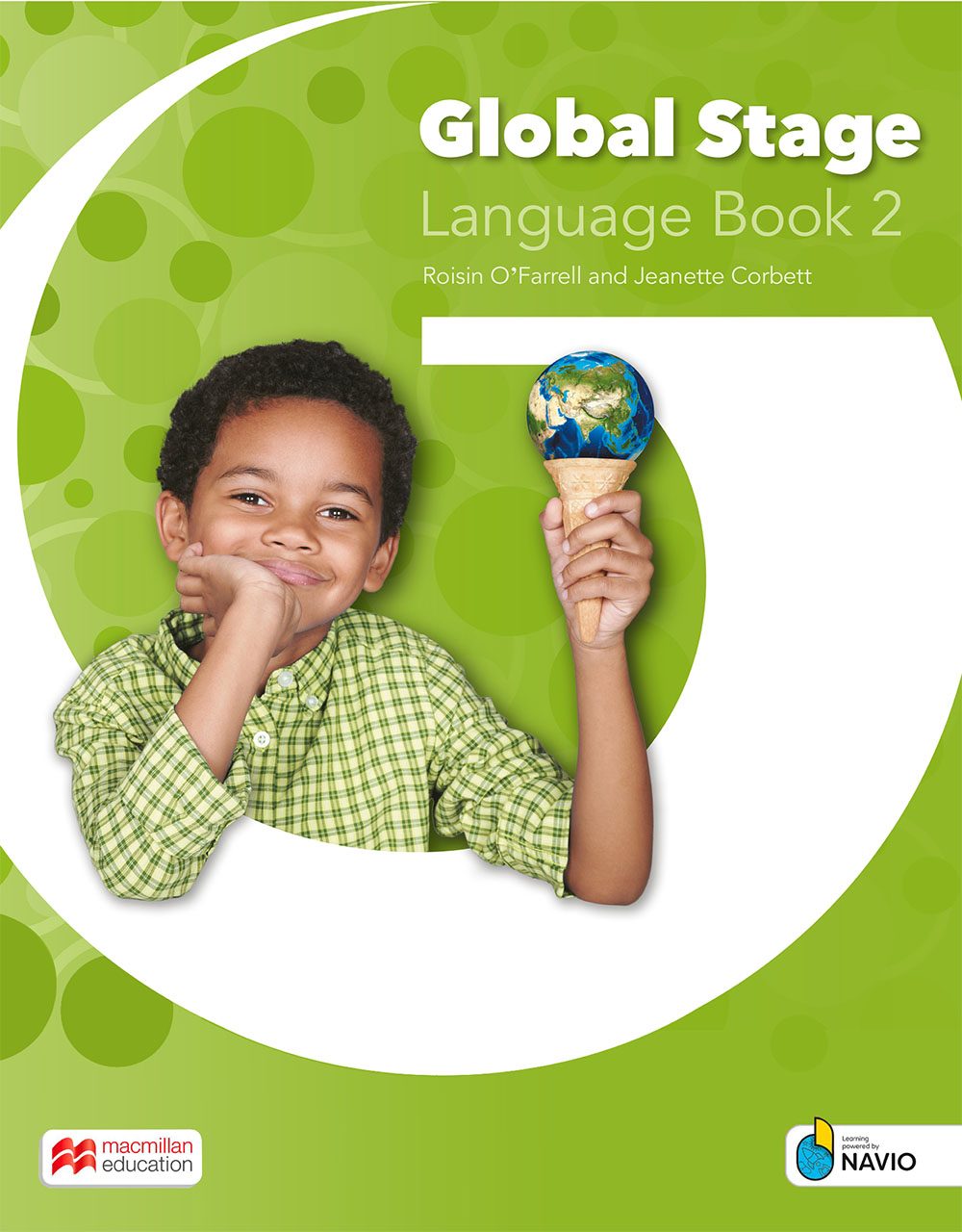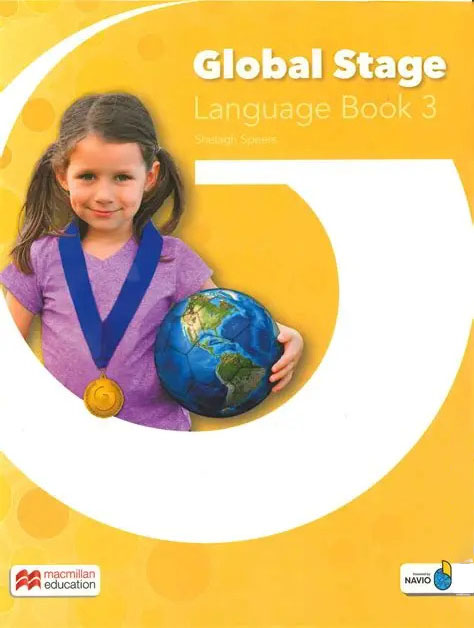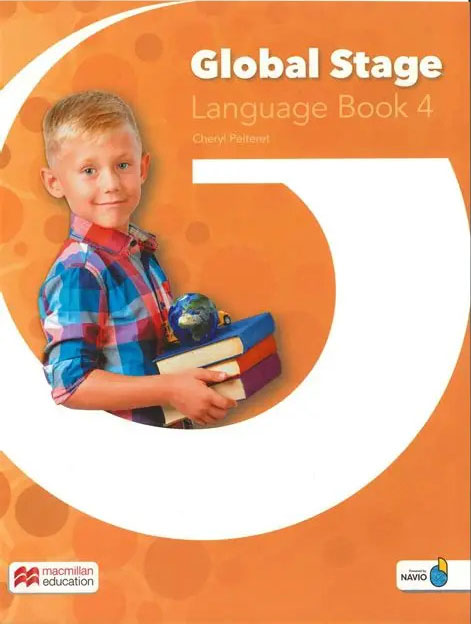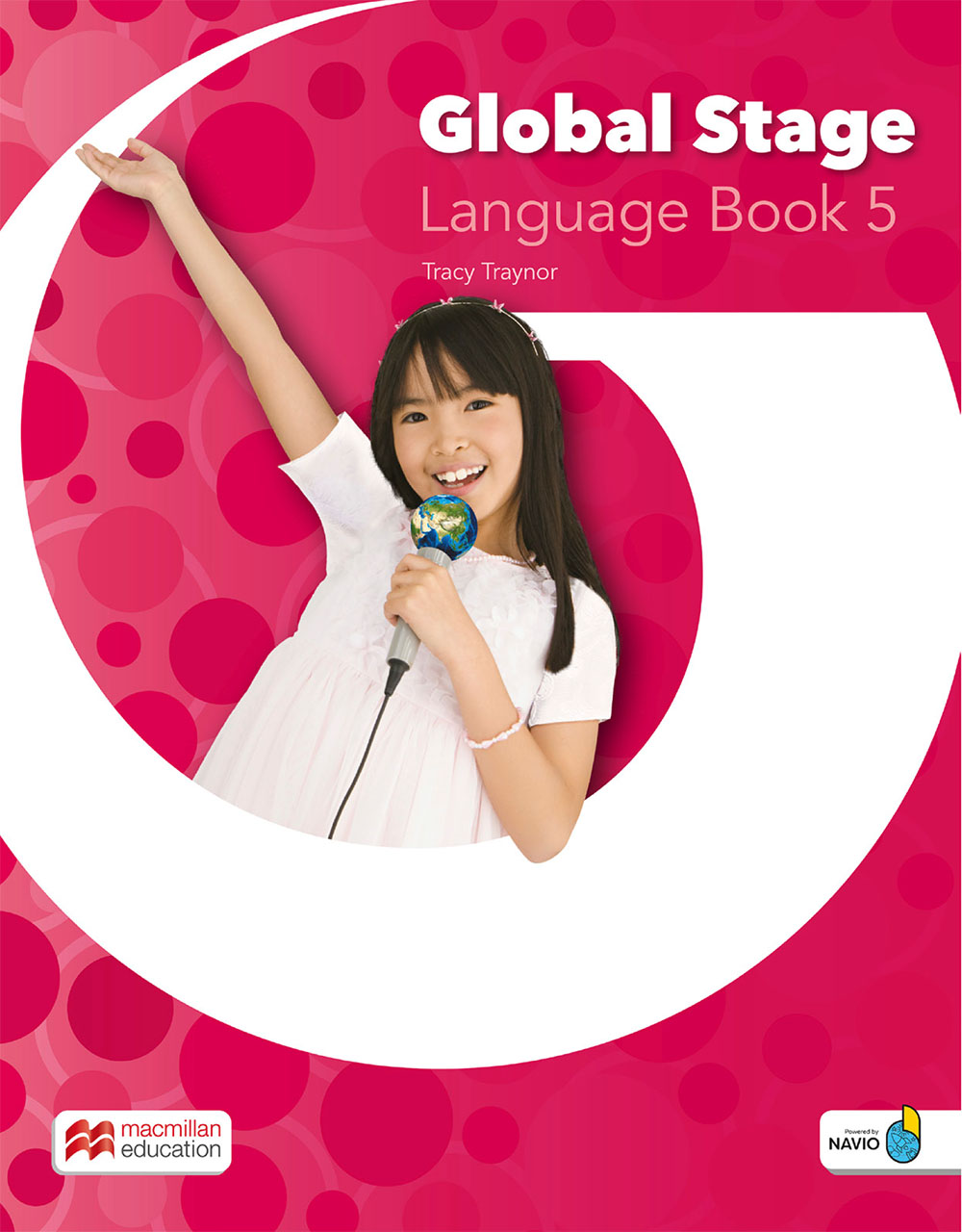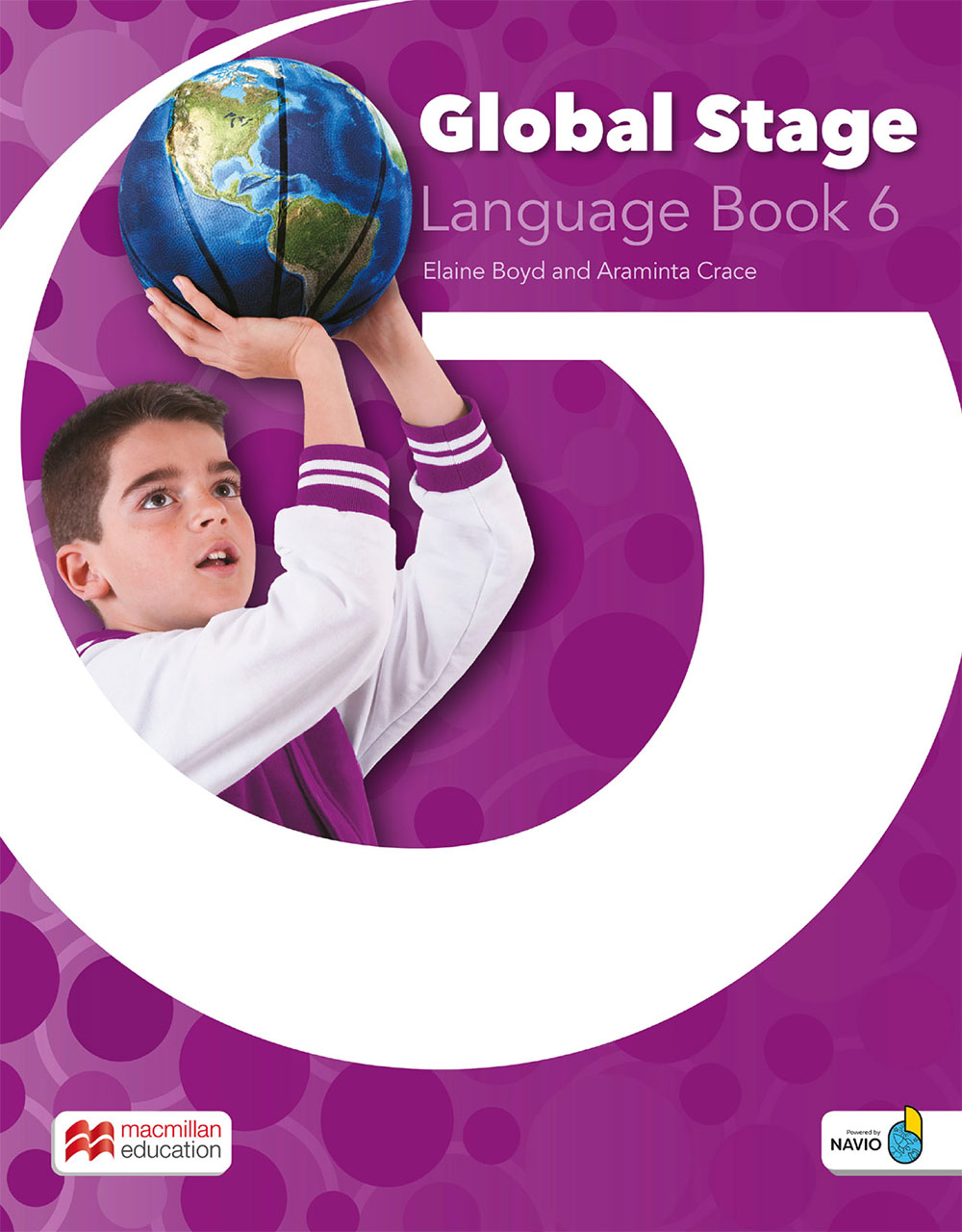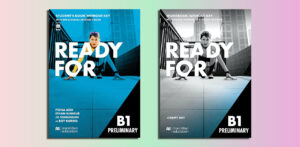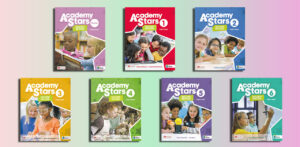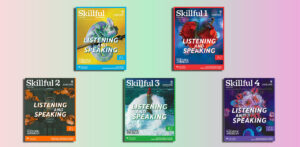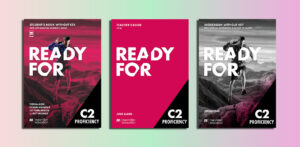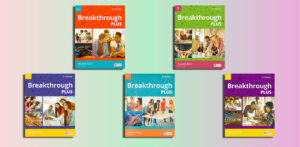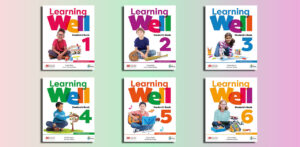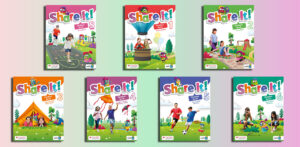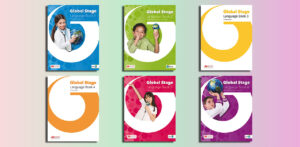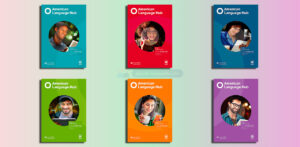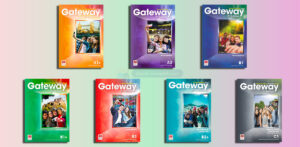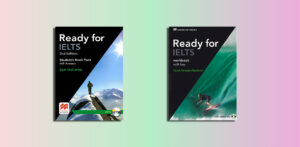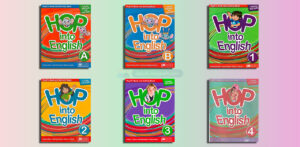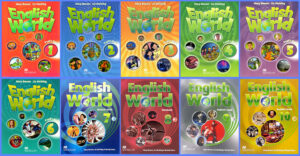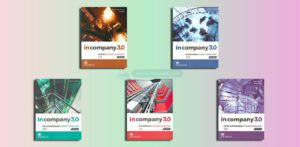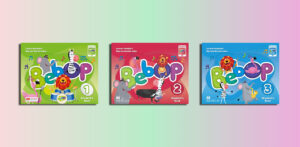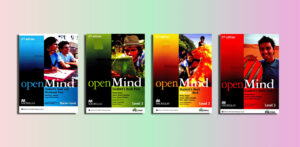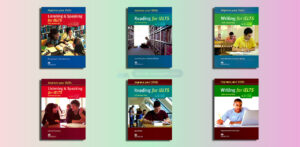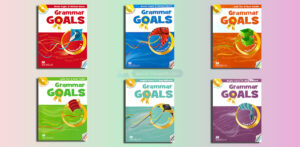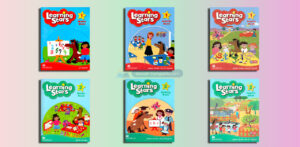Global Stage (PDFs, Resources)
Level 1 (Pre A1 – A1)
Global Stage 1 Curricula and Framework Correlation Charts.zip
Global Stage 1 Language Book Resources.zip
Global Stage 1 Language Book.pdf – Sample: Click
Global Stage 1 Language Worbook Key.pdf
Global Stage 1 Language Worbook.pdf – Sample: Click
Global Stage 1 Lesson Planners.zip
Global Stage 1 Letters to Parents.zip
Global Stage 1 Literacy Book Resources.zip
Global Stage 1 Literacy Book.pdf – Sample: Click
Global Stage 1 Teacher’s Edition Enhanced eBook iBooks.epub
Global Stage 1 Teacher’s Edition Enhanced eBook.epub
Global Stage 1 Tests.zip
Level 2 (A1 – A2)
Global Stage 2 Advancing Teaching Videos.zip
Global Stage 2 Cambridge Exam Materials.zip
Global Stage 2 Curricula and Framework Correlation Charts.zip
Global Stage 2 Diagnostic Pack.zip
Global Stage 2 Language Book Resources.zip
Global Stage 2 Language Book.pdf – Sample: Click
Global Stage 2 Language Workbook Answer Keys.zip
Global Stage 2 Language Workbook.pdf – Sample: Click
Global Stage 2 Lesson Planners.zip
Global Stage 2 Letters to Parents.zip
Global Stage 2 Literacy Book Resources.zip
Global Stage 2 Literacy Book.pdf – Sample: Click
Global Stage 2 Teacher’s Book.zip
Global Stage 2 Tests.zip
Global Stage 2 Welcome Letter.zip
Level 3 (A2 – A2+)
Global Stage 3 Advancing Teaching Videos.zip
Global Stage 3 Curricula and Framework Correlation Charts.zip
Global Stage 3 Diagnostic Pack.zip
Global Stage 3 Language Book Resources.zip
Global Stage 3 Language Book.pdf – Sample: Click
Global Stage 3 Language Workbook Answer Keys.zip
Global Stage 3 Language Workbook.pdf – Sample: Click
Global Stage 3 Letters to Parents.zip
Global Stage 3 Literacy Book Resources.zip
Global Stage 3 Literacy Book.pdf – Sample: Click
Global Stage 3 Tests.zip
Global Stage 3 Welcome Letter.zip
Level 4 (A2+)
Global Stage 4 Advancing Teaching Videos.zip
Global Stage 4 Curricula and Framework Correlation Charts.zip
Global Stage 4 Diagnostic Pack.zip
Global Stage 4 Language Book Resources.zip
Global Stage 4 Language Book.pdf – Sample: Click
Global Stage 4 Language Workbook Answer Keys.zip
Global Stage 4 Language Workbook.pdf – Sample: Click
Global Stage 4 Letters to Parents.zip
Global Stage 4 Literacy Book Resources.zip
Global Stage 4 Literacy Book.pdf – Sample: Click
Global Stage 4 Resource Bank.zip
Global Stage 4 Tests.zip
Level 5 (B1)
Global Stage 5 Advancing Teaching Videos.zip
Global Stage 5 Cambridge Exam Materials.zip
Global Stage 5 Curricula and Framework Correlation Charts.zip
Global Stage 5 Diagnostic Pack.zip
Global Stage 5 Language Book Resources.zip
Global Stage 5 Language Book.pdf – Sample: Click
Global Stage 5 Language Workbook Answer Keys.zip
Global Stage 5 Language Workbook.pdf – Sample: Click
Global Stage 5 Lesson Planners.zip
Global Stage 5 Letters to Parents.zip
Global Stage 5 Literacy Book Resources.zip
Global Stage 5 Literacy Book.pdf – Sample: Click
Global Stage 5 Resource Bank.zip
Global Stage 5 Tests.zip
Level 6 (B1 – B1+)
Global Stage 6 Advancing Teaching Videos.zip
Global Stage 6 Curricula and Framework Correlation Charts.zip
Global Stage 6 Diagnostic Pack.zip
Global Stage 6 Language Book Resources.zip
Global Stage 6 Language Book.pdf – Sample: Click
Global Stage 6 Language Workbook Answer Keys.zip
Global Stage 6 Language Workbook.pdf – Sample: Click
Global Stage 6 Lesson Planners.zip
Global Stage 6 Letters to Parents.zip
Global Stage 6 Literacy Book Resources.zip
Global Stage 6 Literacy Book.pdf – Sample: Click
Global Stage 6 Resource Bank.zip Global Stage 6 Tests.zip
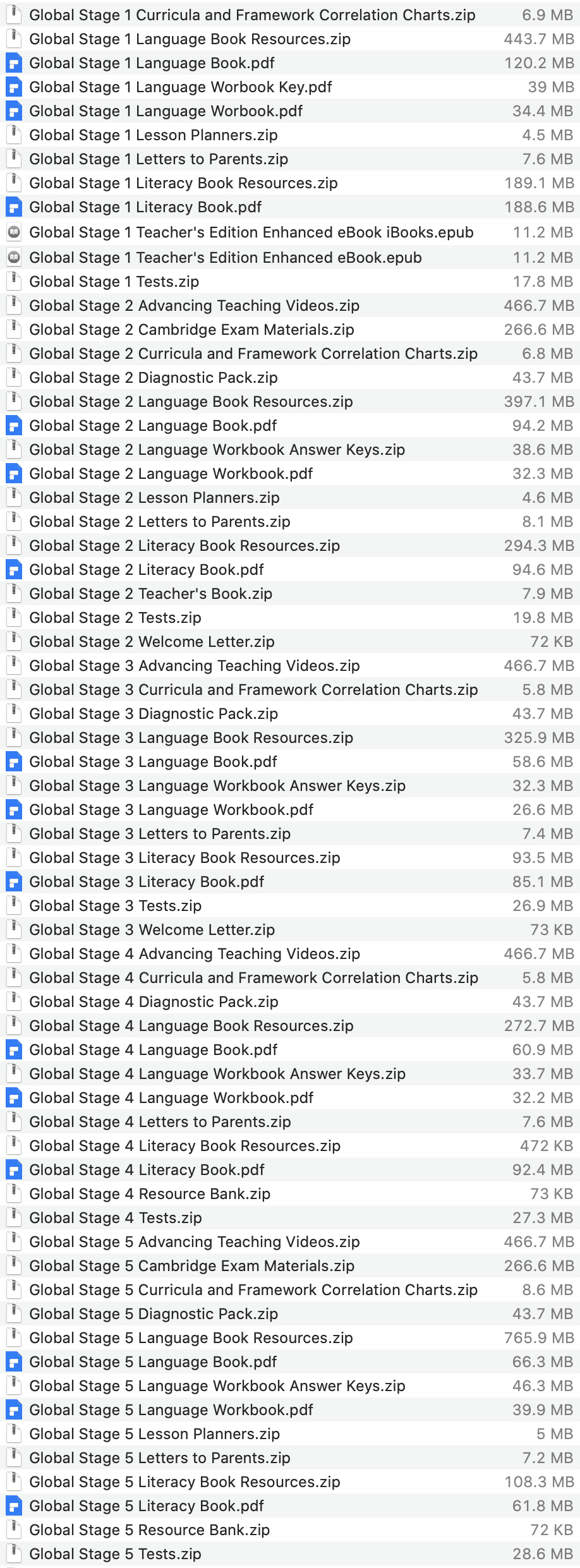
Overview of the “Global Stage” by Macmillan
Contents
| ✅ Coursebook: | Global Stage |
| ✅ Publisher: | Macmillan Education |
| ✅ Level: | Pre A1, A1, A2, A2+, B1, B1+ |
| ✅ English type: | International English |
| ✅ For: | Primary School |
| ✅ Publication year: | 2019 |
“Global Stage” is a six-level language and literacy course designed for young learners, published by Macmillan Education. It aims to develop confident English speakers and writers while fostering skills like global citizenship, critical thinking, and social-emotional learning. Here’s a concise overview based on available information:
Key Features
Target Audience: Young learners, typically aged 7–12, with levels aligned to CEFR Pre-A1 to B1+.
Dual Approach: Combines two core components:
- Language Book: Focuses on a structured English language syllabus, emphasizing grammar, vocabulary, and communication skills through engaging activities.
- Literacy Book: Enhances reading and writing skills with diverse texts, promoting critical thinking and comprehension.
Skill Development:
- Builds language proficiency through speaking, writing, and presentation skills.
- Encourages critical thinking with activities like Visible Thinking Routines (Harvard-based framework).
- Promotes social-emotional skills, self-direction, and global citizenship to prepare students for real-world challenges.
Global Citizenship: Lessons encourage students to think beyond their immediate communities, fostering values like cooperation, tolerance, and environmental awareness.
Digital Integration:
- Navio App: A 3D game-based platform where students practice language and literacy skills, earning rewards and creating avatars. Teachers can track progress remotely.
- Digital Teacher’s Book: Includes lesson plans, teaching tips, and tools like Tap & Teach lessons, Progress Tracker, and Test Generator.
- Supports blended learning with digital versions of books and resources for remote or in-class teaching.
Assessment for Learning: Encourages students to reflect on their learning, developing self-direction for long-term academic and personal growth.
Engaging Content: Uses videos, games, and collaborative tasks (e.g., think-pair-share, group work) to spark curiosity and make learning interactive.
Global Stage 1 Language Book
Who is suitable for “Global Stage”?
“Global Stage” by Macmillan Education is suitable for:
- Young Learners: Children aged approximately 7–12 years old, typically in primary or early secondary education.
- English Language Levels: Students from beginner to intermediate levels, aligning with CEFR Pre-A1 to B1+.
- Schools and Educators: Institutions with ambitious English programs or extended hours, seeking a structured yet engaging curriculum that combines language and literacy.
- Students Developing Core Skills: Learners who need to build proficiency in English speaking, writing, reading, and listening, alongside critical thinking, social-emotional skills, and global citizenship.
- Teachers Seeking Comprehensive Resources: Educators looking for ready-to-use lesson plans, digital tools (e.g., Navio App, Test Generator), and professional development support to reduce preparation time.
- Blended Learning Environments: Classrooms or programs that integrate digital and print resources, suitable for both in-person and remote learning.
- Parents and Students Interested in Holistic Learning: Those who value a curriculum that fosters creativity, collaboration, and real-world awareness alongside language skills.
It’s ideal for schools or learners aiming for a well-rounded English education with an emphasis on global perspectives and 21st-century skills.
Global Stage 2 Language Book
The benefits of “Global Stage”
The “Global Stage” course by Macmillan Education offers numerous benefits for young learners, educators, and schools. Below is a concise overview of its key advantages:
Benefits for Students
Comprehensive Language Development:
- Builds proficiency in English speaking, listening, reading, and writing through a structured syllabus (CEFR Pre-A1 to B1+).
- Enhances grammar, vocabulary, and communication skills with engaging, age-appropriate activities.
Strong Literacy Skills:
- The Literacy Book fosters reading comprehension and writing skills through diverse, high-quality texts, encouraging creative and critical expression.
Critical Thinking and Problem-Solving:
- Incorporates Visible Thinking Routines (Harvard-based) to develop analytical and reflective thinking.
- Encourages students to question, analyze, and connect ideas to real-world contexts.
Social-Emotional Learning:
- Promotes self-awareness, collaboration, and emotional intelligence through group activities and reflective tasks.
- Helps students develop confidence and self-direction for lifelong learning.
Global Citizenship:
- Encourages awareness of global issues, cultural diversity, and values like cooperation, tolerance, and environmental responsibility.
- Prepares students to engage thoughtfully in a connected world.
Engaging and Interactive Learning:
- Uses videos, games, and collaborative tasks (e.g., think-pair-share) to make learning fun and motivating.
- The Navio App provides a 3D game-based platform where students practice skills, earn rewards, and create avatars, enhancing engagement.
Global Stage 3 Language Book
Benefits for Educators
Comprehensive Teaching Resources:
- Offers detailed lesson plans, teaching tips, and digital tools like Tap & Teach lessons, Progress Tracker, and Test Generator, reducing preparation time.
- Includes professional development support through webinars and ELT expert content.
Flexible and Adaptable:
- Supports blended learning with print and digital materials, suitable for in-class, remote, or hybrid teaching.
- Customizable resources allow teachers to tailor lessons to their students’ needs.
Assessment for Learning:
- Provides tools to track student progress and encourage self-reflection, helping teachers identify strengths and areas for improvement.
- Auto-graded digital workbook activities save time on marking.
Benefits for Schools
Holistic Curriculum:
- Combines language and literacy with 21st-century skills, making it ideal for schools with ambitious English programs or extended hours.
- Aligns with global educational standards, preparing students for further academic success.
Digital Integration:
- The Navio App and digital Teacher’s Book enhance classroom efficiency and student engagement, supporting modern educational demands.
- Enables seamless transitions between in-person and online learning environments.
Scalable for Different Levels:
- Six levels (Pre-A1 to B1+) cater to a wide range of learners, allowing schools to implement a consistent curriculum across grades.
Overall Impact
- Student Outcomes: Produces confident English communicators with strong literacy, critical thinking, and global awareness, equipping them for academic and personal success.
- Teacher Support: Empowers educators with time-saving tools and professional growth opportunities, enhancing teaching effectiveness.
- School Reputation: Strengthens English programs with a modern, research-backed curriculum that meets global standards and parental expectations.
Global Stage 4 Language Book
Effective learning strategies for “Global Stage”
To maximize the benefits of “Global Stage” by Macmillan Education, students, teachers, and schools can adopt specific learning strategies that leverage its language, literacy, and global citizenship components. Below are effective strategies tailored to the course’s structure and goals, based on its design for young learners (aged 7–12, CEFR Pre-A1 to B1+).
Strategies for Students
Engage Actively with the Navio App:
- Use the 3D game-based Navio platform to practice language and literacy skills regularly. Complete tasks, earn rewards, and customize avatars to stay motivated.
- Set small, achievable goals (e.g., mastering 5 new vocabulary words per session) to build confidence.
Practice Collaborative Learning:
- Participate in think-pair-share and group activities from the Language and Literacy Books. Discuss ideas with peers to improve speaking skills and build social-emotional skills like cooperation.
- Example: Share opinions on a story’s theme in the Literacy Book to enhance critical thinking.
Reflect on Learning:
- Use the course’s Assessment for Learning tools to self-assess progress. Reflect on questions like, “What did I learn today?” or “What can I improve?” to develop self-direction.
- Keep a journal to summarize key concepts from each lesson, reinforcing vocabulary and writing skills.
Apply Global Citizenship Themes:
- Connect lessons on global issues (e.g., environmental awareness) to real life. For example, start a small recycling project at home or school to internalize values taught in the course.
- Discuss global topics with classmates to practice English in meaningful contexts.
Read Actively:
- Engage with the diverse texts in the Literacy Book by annotating key ideas, asking questions, or predicting outcomes to improve comprehension and critical thinking.
- Read supplementary English books or watch English videos related to lesson themes to reinforce learning.
Global Stage 5 Language Book
Strategies for Teachers
Leverage Digital Tools:
- Use the Tap & Teach lessons and Progress Tracker in the Digital Teacher’s Book to streamline planning and monitor student performance in real time.
- Incorporate Navio App activities as homework or in-class rewards to maintain engagement.
Incorporate Visible Thinking Routines:
- Apply Harvard’s Visible Thinking Routines (e.g., “See-Think-Wonder” or “What Makes You Say That?”) during Literacy Book lessons to encourage deep analysis and discussion.
- Example: Ask students to analyze a story’s message using “What do you see? What do you think it means? What makes you wonder?”
Differentiate Instruction:
- Adapt lessons to suit varying proficiency levels within a class. Use the Workbook’s extra practice activities for struggling students and challenge advanced learners with creative writing tasks from the Literacy Book.
- Group students by skill level for collaborative tasks to ensure balanced participation.
Foster a Growth Mindset:
- Encourage students to view mistakes as learning opportunities, aligning with the course’s emphasis on self-reflection. Use feedback from auto-graded digital activities to guide improvement.
- Praise effort and progress, not just correct answers, to build confidence.
Integrate Multimedia:
- Use the course’s videos and interactive content to spark discussions or introduce new topics. For example, show a video on cultural diversity to kickstart a speaking activity.
- Encourage students to create their own short videos or presentations in English, aligning with the course’s focus on presentation skills.
Strategies for Schools
Implement Blended Learning:
- Combine print and digital resources (e.g., eBooks, Navio App) to create a flexible learning environment that supports both in-class and remote instruction.
- Train teachers on using the Digital Teacher’s Book and Navio to ensure seamless integration.
Promote Teacher Collaboration:
- Organize professional development sessions using Macmillan’s webinars and ELT expert resources to share best practices for teaching “Global Stage.”
- Encourage teachers to collaborate on lesson plans or share successful strategies for engaging students.
Align with School Goals:
- Integrate “Global Stage” into the broader curriculum by linking its global citizenship themes to other subjects like social studies or science.
- Example: Coordinate a school-wide project on sustainability inspired by the course’s environmental lessons.
Engage Parents:
- Inform parents about the Navio App and encourage them to monitor their child’s progress or explore the app together to reinforce learning at home.
- Host workshops to demonstrate how “Global Stage” builds 21st-century skills like critical thinking and global awareness.
Monitor and Celebrate Progress:
- Use the Test Generator and Progress Tracker to assess student growth across the six levels. Share results with students and parents to highlight achievements.
- Celebrate milestones (e.g., completing a level) with school events or certificates to boost motivation.
General Tips for Effective Learning
Consistency: Schedule regular practice sessions to maintain steady progress through the Language and Literacy Books.
Contextual Learning: Relate lessons to students’ lives or current events to make learning relevant and memorable.
Balance Fun and Rigor: Use the course’s games and creative tasks to keep students engaged while maintaining the challenging pace suited for ambitious English programs.
By combining these strategies, students can fully engage with the interactive and holistic approach of “Global Stage,” teachers can deliver impactful lessons, and schools can build a robust English curriculum.
Global Stage 6 Language Book
Effective teaching strategies for “Global Stage”
Effective teaching strategies for “Global Stage” by Macmillan Education can help teachers maximize the course’s potential to develop young learners’ (aged 7–12, CEFR Pre-A1 to B1+) English language, literacy, critical thinking, and global citizenship skills. These strategies leverage the course’s structured syllabus, digital tools, and emphasis on holistic learning. Below is a concise guide tailored for educators.
1. Utilize Digital Tools for Engagement and Efficiency
- Tap & Teach Lessons: Use the Digital Teacher’s Book to access ready-to-use lesson plans and activities, reducing preparation time. Launch lessons directly from the platform for seamless classroom delivery.
- Navio App: Assign game-based tasks on the Navio App as homework or in-class activities to reinforce language and literacy skills. Monitor progress via the app’s tracking tools to identify areas needing support.
- Test Generator and Progress Tracker: Create customized assessments to evaluate student progress and use auto-graded digital workbook activities to save time on marking.
- Blended Learning: Combine print and digital resources (e.g., eBooks, videos) to support both in-person and remote teaching, ensuring flexibility for diverse classroom settings.
2. Incorporate Visible Thinking Routines
- Promote Critical Thinking: Use Harvard’s Visible Thinking Routines, embedded in the Literacy Book, to deepen student engagement with texts. Examples include:See-Think-Wonder: Ask students to observe a story’s illustration, reflect on its meaning, and question its implications.
- What Makes You Say That?: Encourage students to justify their interpretations of a text, fostering analytical skills.
- Application: Integrate these routines into discussions or writing tasks to develop critical thinking and connect lessons to real-world contexts.
3. Differentiate Instruction for Diverse Learners
- Tailor Activities: Adapt tasks to accommodate varying proficiency levels. For beginners, focus on scaffolded activities in the Language Book (e.g., vocabulary drills). For advanced learners, assign creative writing or presentation tasks from the Literacy Book.
- Group Work: Organize students into mixed-ability groups for collaborative activities like think-pair-share, ensuring peer support while challenging stronger students to lead discussions.
- Extra Practice: Use the Workbook’s additional exercises (print or digital) to provide targeted support for struggling students or enrichment for those excelling.
4. Foster Social-Emotional and Global Citizenship Skills
- Collaborative Learning: Facilitate group activities (e.g., role-plays, debates) from the Language Book to build teamwork and communication skills, aligning with the course’s social-emotional learning goals.
- Global Perspectives: Connect lessons on global citizenship (e.g., environmental awareness, cultural diversity) to real-life applications. Example: Have students create posters or presentations on a global issue discussed in class.
- Reflection: Encourage students to reflect on their learning using the course’s Assessment for Learning tools. Ask questions like, “What did you learn about teamwork today?” to promote self-awareness.
5. Make Learning Interactive and Engaging
- Multimedia Integration: Use the course’s videos and interactive content to introduce topics or spark discussions. Example: Show a video on cultural traditions to launch a speaking activity in the Language Book.
- Gamification: Incorporate Navio App games or classroom competitions (e.g., vocabulary quizzes) to motivate students and make learning fun.
- Creative Expression: Assign tasks like storytelling, skits, or digital presentations to develop speaking and writing skills while tapping into students’ creativity.
6. Encourage Self-Direction and Growth Mindset
- Feedback and Reflection: Provide constructive feedback based on Progress Tracker data and encourage students to set personal goals (e.g., improving pronunciation or reading fluency).
- Celebrate Effort: Praise persistence and improvement, not just accuracy, to build confidence and align with the course’s emphasis on self-directed learning.
- Model Resilience: Share examples of how mistakes lead to growth, encouraging students to view challenges as opportunities.
7. Leverage Professional Development Resources
- Macmillan’s Webinars and ELT Content: Participate in Macmillan’s professional development webinars to learn best practices for teaching “Global Stage” and stay updated on ELT trends.
- Collaborate with Peers: Share strategies with other teachers using “Global Stage” to refine lesson delivery and address common challenges.
8. Create a Supportive Classroom Environment
- Safe Space for Communication: Encourage risk-taking in speaking and writing by creating a non-judgmental atmosphere. Use positive reinforcement to boost confidence.
- Cultural Sensitivity: Highlight the course’s global citizenship themes to foster inclusivity, ensuring all students feel valued regardless of their background.
Practical Implementation Tips
- Lesson Planning: Use the Digital Teacher’s Book to plan lessons that balance language (grammar, vocabulary) and literacy (reading, writing) components, ensuring a mix of skills in each session.
- Time Management: Allocate time for interactive activities (e.g., Navio games, group work) while maintaining the course’s challenging pace for ambitious English programs.
- Parent Involvement: Share Navio App progress reports with parents to keep them informed and encourage home reinforcement of skills.
Why These Strategies Work
These strategies align with “Global Stage’s” design to build confident English communicators while fostering critical thinking, social-emotional skills, and global awareness. By leveraging digital tools, differentiating instruction, and creating an engaging, reflective classroom, teachers can ensure students achieve the course’s holistic learning outcomes.

